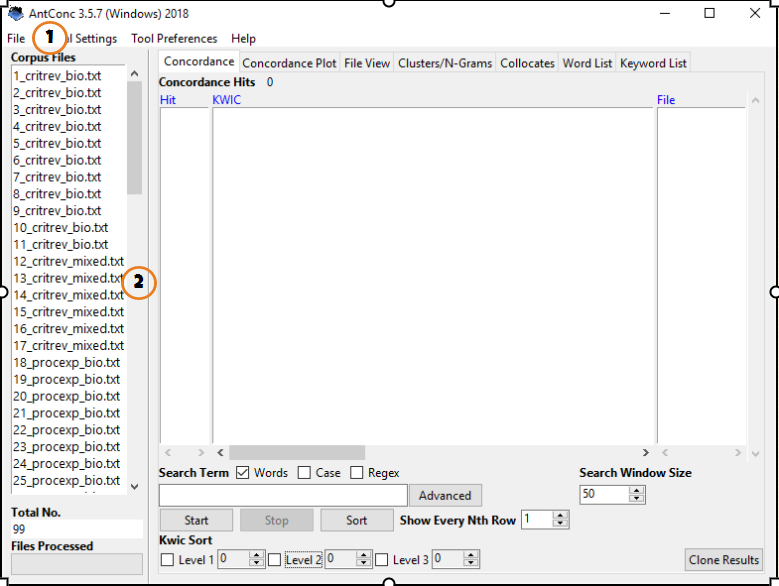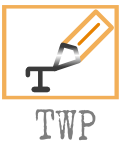Resources
Introduction to Data-Driven Learning
The value of a data-driven approach to learning is that you can discover patterns that inform and improve your own writing. Likewise, observing (and then applying) writing patterns from experts in your discipline helps you acculturate into that discipline.
Students need to understand how to use a text processing tool in order to explore any language pattern.

Student Resources
Evaluative Adjectives
You use adjectives to modify nouns. But you use evaluative adjectives to express judgements of quality.
Evaluative adjectives help build arguments that connect with your readers and convince them to act.
Student Resources
Hedges and Boosters
Hedges could best be described as a “cushion” that softens the impact of a particular claim or statement. On the other hand, boosters augment that claim or statement.
When used effectively, the application makes the writer seem reasonable and credible to readers. However, misapplications of hedges can make a writer appear indecisive or weak, and misapplications of boosters can make a writer appear arrogant and full of bluster.
Student Resources
Reporting Verbs
Did you know the verbs you use in your writing must also reflect your level of certainty in what you’re reporting? Being strategic about the verbs you use to report information can create a highly persuasive text. But a misuse can over-promise or overstate ideas.
Reporting verbs show four different activities to readers: to argue, to show, to find, and to think.
Student Resources
Passives
You might have been taught passives are “inhuman,” “detached,” or create “confusing” sentences. However, there are legitimate uses and expectations for passives.
In many contexts—particularly in technical and scientific writing—readers need to know about a process or action rather than the person performing that process or action.
Student Resources
Transitions
Transitions help organize and communicate ideas in technical and scientific writing. We offer five functions that transitions serve, the variety of transitions options, and some differences between how students and professionals use transitions in their writing.

Student Resources
Instructor Resources
- Lesson plan (pdf)
- Demo of ‘Take a Look’ in-class activity (YouTube)
- Demo of ‘Data Digging’ in-class activity (YouTube)
Self-Mentions
Self-mentions are an interpersonal device that can make claims appear more reasonable and persuasive to readers.
You need to understand when to insert themselves into their own texts and the associated risk and benefits of doing so.
Student Resources
Instructor Resources
- Lesson plan (pdf)
- Demo of ‘Take a Look’ in-class activity (YouTube)
- Demo of ‘Data Digging’ in-class activity (YouTube)
